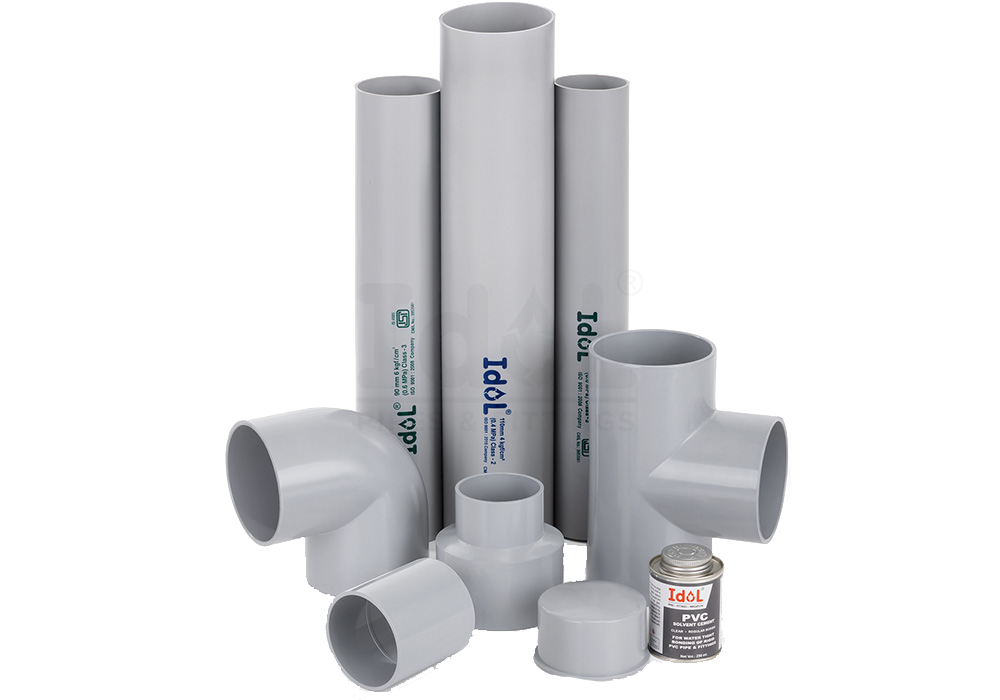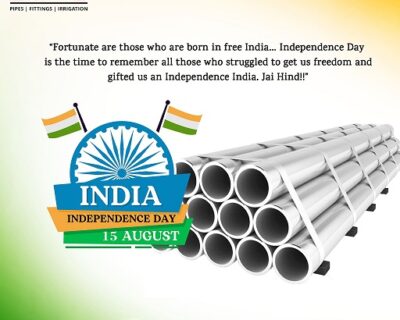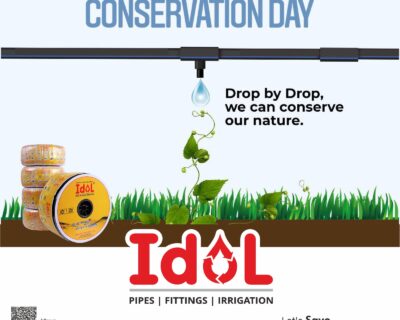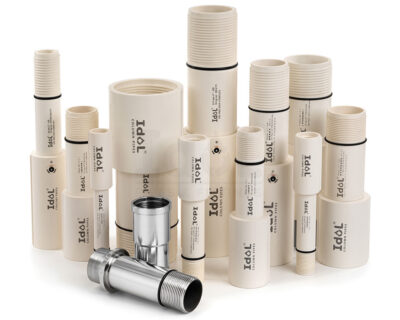Updates

Posted on
March 4, 2021
in
What are the Benefits of Agriculture Pipes?
India stands 2nd worldwide in farm output. A network of canals from rivers, well-based systems, groundwater, rainwater harvesting products and tanks helps the irrigation infrastructure flawless. To help the agriculture sector function properly, a lot relies on the infrastructure and the equipment used. Hence, we present you with a few benefits of agriculture pipes. Also, it is vital to know that India is also the world’s largest producer of vegetables and fresh fruits. Moreover, the second-largest producer of wheat and rice. All of this proves that agriculture holds the utmost importance in the country as it also accounts for nearly 16 per cent of the GDP.
What are the Benefits of Agriculture Pipes?
- PVC pipes are the preferred media for transporting water and electricity in various sectors. Their high protection to heat and corrosion are the main contributors to their extensive usage.
- Attributable to its smooth surface, there is a low level of friction between PVC and flowing liquids compared to concrete and metal. It makes it a preferred material for pipes that are pipes for water supply.
- It is lightweight and easy to transport over large distances to be laid as pipelines. Meaning that less fuel is used to transport them by making them eco-friendly.
- Furthermore, It is cost-effective because a relatively simple process is used for its mass production.
- PVC pipes are easy to form into various shapes, making it a versatile material with a wide range of applications.
- It is strong and durable and resistant to large amounts of stress. Additionally, it makes it a suitable material for underground pipes and pipes through which pressurized liquids need to pass.
- An advantageous chemical property of PVC is its inertness or resistance to chemical reactions with different substances. It makes it safe for the transportation of drinking water and household water usage.
- PVC pipes can last 100 years when installed underground. So, it makes it a low-maintenance and supporting material for vast pipeline networks. Maintenance and overhead costs would be high with legacy materials like steel, iron and cement.
- PVC pipes are easy to install, disassemble and maintain. Its failure or break rate is relatively low when comparing it to that of legacy materials.
- The low amount of carbon in PVC is the reason for less harmful emissions during its production. They are easy to recycle and reuse for other purposes. Either from the salvage and re-purposing of construction waste or recycling of industrial waste.
Related posts
March 11, 2024
Don’t Let Your Flow Get Slow! Happy World Plumbing Day from Idol Pipe
Behind the Seamless Flow, Unsung Heroes Keep Our Homes Healthy Every day, we turn on the faucet and [...]
Read moreAugust 15, 2023
Idol Pipe Fitting and Irrigation Celebrates Indian Independence Day
Idol Pipe Fitting and Irrigation is proud to celebrate Indian Independence Day on August 15, 2023. [...]
Read moreJuly 28, 2023
World Nature Conservation Day: Let’s Pledge to Conserve Water
Today is World Nature Conservation Day, a day to celebrate the beauty and importance of water and to [...]
Read moreMarch 2, 2021
7 Advantages of Submersible Column Pipes
In today’s world, industrialization and fast urbanization have resulted in global warming. That has [...]
Read more



